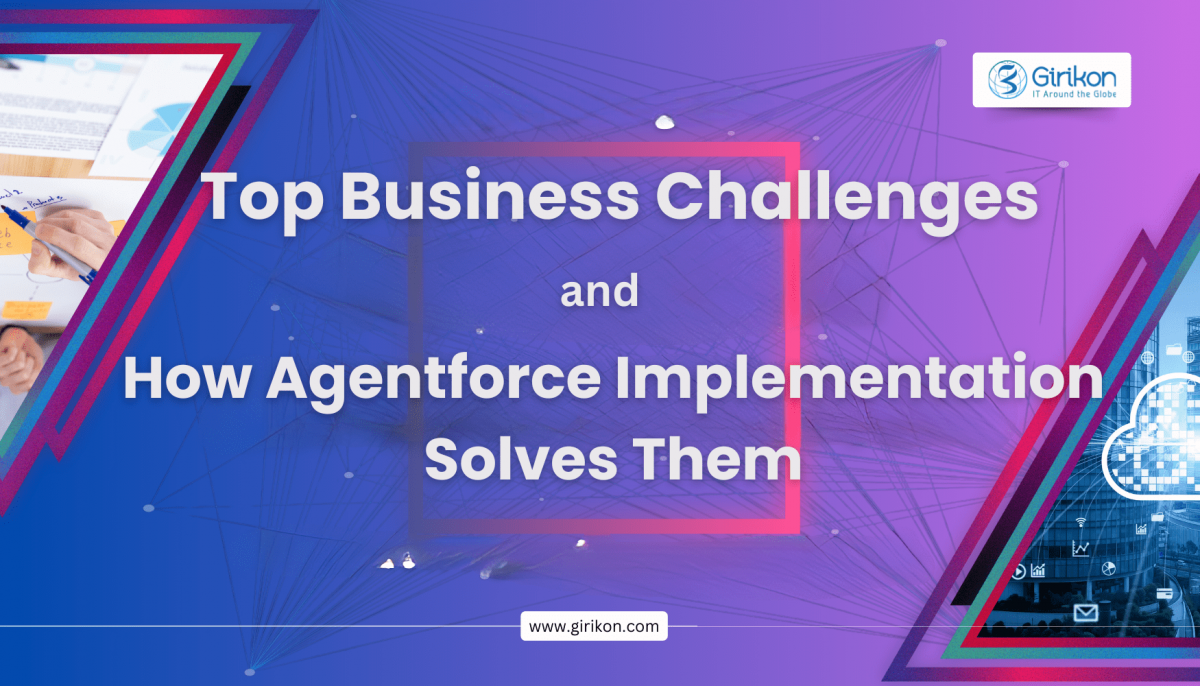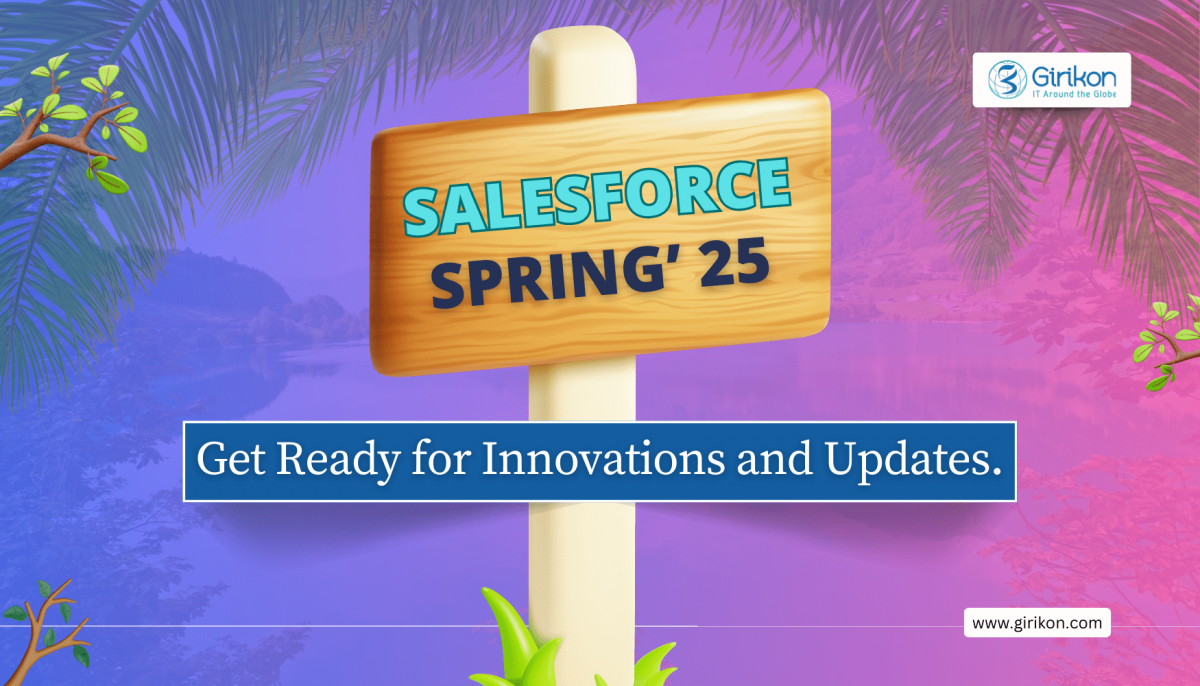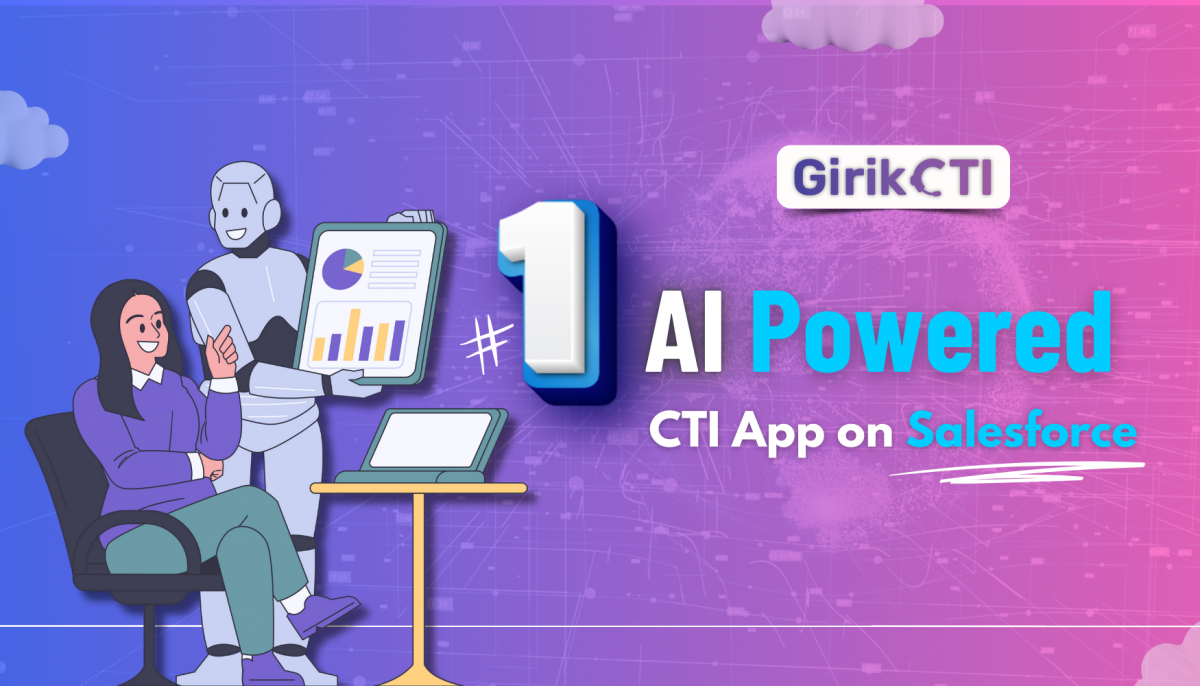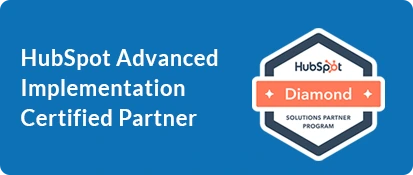As a cloud-based platform, Salesforce continues to rein the CRM space as it occupies a market share of around 20 percent. It is indeed the most popular and widely adopted CRM system due to the vast array of valuable features and functionalities offered by the platform. What makes it unique and one of the most preferred platforms is the release of new products and features year after year.
With several new releases and acquisitions back and forth, Salesforce has come a long way. With such an evolution, users of Salesforce technology should learn to stay ahead of the curve. Instead, customers need to understand how they can use technology to increase business ROI, which significantly impacts the bottom line.
Listed below are some great features that can help organizations optimize their Salesforce implementation for mitigating costs incurred due to customer and employee churn. It is always a good option to seek support from a reliable Salesforce consultant to know more about these features:
Lightning Page Performance: This powerful feature allows users to deal with inconsistent lightning pages that aren’t optimized while working in a Salesforce org. The Lightning page performance is built natively into the Lightning App Builder responsible for doing all the analysis. This feature provides analysis about the performance of the pages on desktop/ mobile while providing tips to enhance performance and user experience. By benefitting from the Lightning Page Performance and optimizing the placement of the lightning component, end users can accomplish their duties much quickly and efficiently while dealing with the urge of distractions while opening multiple pages to fulfill their daily tasks.
In-App Guidance: This feature assists employees with reminders, tips, and gradual walk-throughs to help them navigate the system appropriately. This feature can be configured to display a floating message or a prompt message in the utility bar. To measure the effectiveness of your implementation, data about the interaction of employees about guidance messages is recorded. This feature provides resources to users even before they recognize the need, thereby increasing the company’s ROI. This not just saves time but also improves efficiency. With supporting resources, and efficient workflows, employee morale is increased, and productivity is optimized.
Salesforce Survey: For an organization to improve their ROI, they need to understand where the opportunities for enhancement are. Shortcomings usually exist in lengthy sales processes, product-related issues, slow response time, and more. However, identifying the bottom of the matter is necessary for implementing change. To understand customer experience regarding their products and services, organizations can directly gather customer feedback by using Salesforce surveys. This feature is endowed with a wide array of functionalities and the ability to automate the sending of the survey, customize email templates, and more. By gathering and analyzing survey results, organizations can better serve their customers.
Social Studio: This feature is leveraged by organizations to connect with prospects and customers on social channels such as Facebook, Linked In, Twitter, and more. Eventually, this feature connects the sales, marketing, and service teams with their customers, enabling employees to develop meaningful relationships with customers and communicate with them on a common platform used both inside and outside of the workplace.
Social Studio allows organizations to identify what prospects/ customers are speaking about the company, respond and track prospects as leads, and much more.
With Social Studio, data-driven insights can be gained, which provides a deeper picture into how your customers engage with your social strategy, which can lead to enhanced lead generation and sales opportunities with the likelihood of maximum closure.
Final Words:
Businesses are seeking ways to save time and money by removing operational bottlenecks. The cost incurred as a result of employee and customer churn as a result of poor customer experiences can be alleviated by optimizing Salesforce and making the most of all the great features. To know more about these robust features, make sure you get in touch with one of the best Salesforce partners.

 +1-480-382-1320
+1-480-382-1320 +61-1300-332-888
+61-1300-332-888 +91 9811400594
+91 9811400594











